Various Types of Bonsai Tools and Their Uses
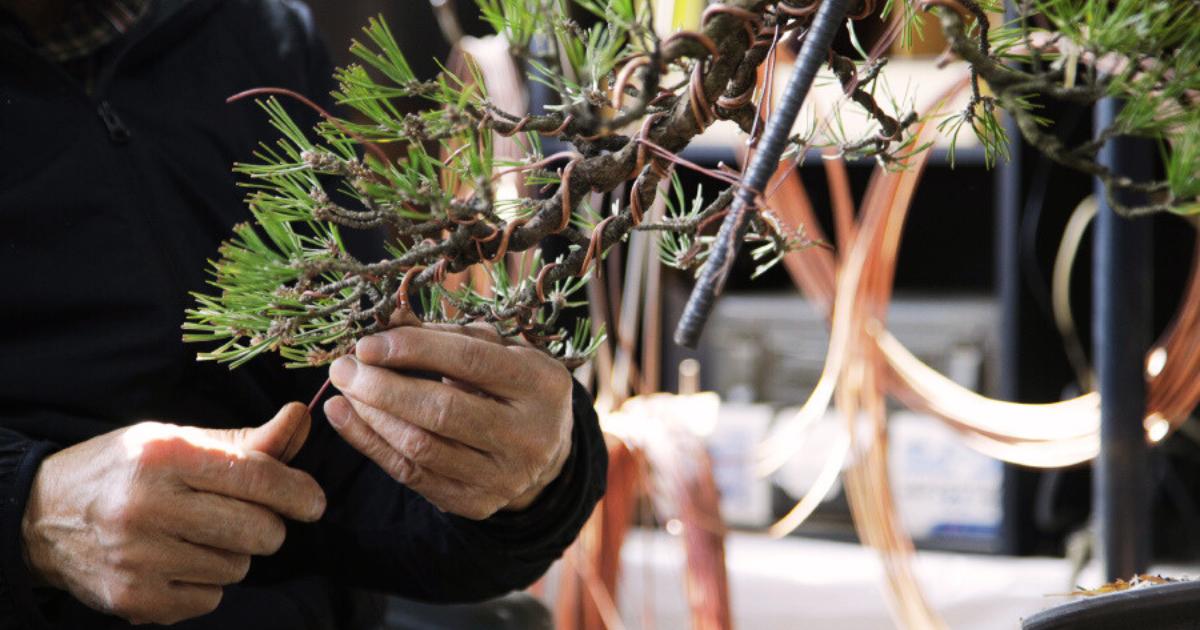
The right variety of bonsai tools is essential for bonsai training and care. Accurate cutting and shaping greatly affect its future beauty.
Japanese bonsai tools are known for their high quality, so they are quite expensive, but they will produce excellent cuts or carvings. However, there are also bonsai tools made with standard quality materials at relatively lower prices, such as products from China.
In this article, bonsai-passion.co.uk does not discuss the quality of bonsai tools, but rather the types of equipment used in the formation of bonsai. Some of these tools may be very unusual, but they are very useful!
What are the bonsai tools? Here’s the list:
1. Bonsai Pliers
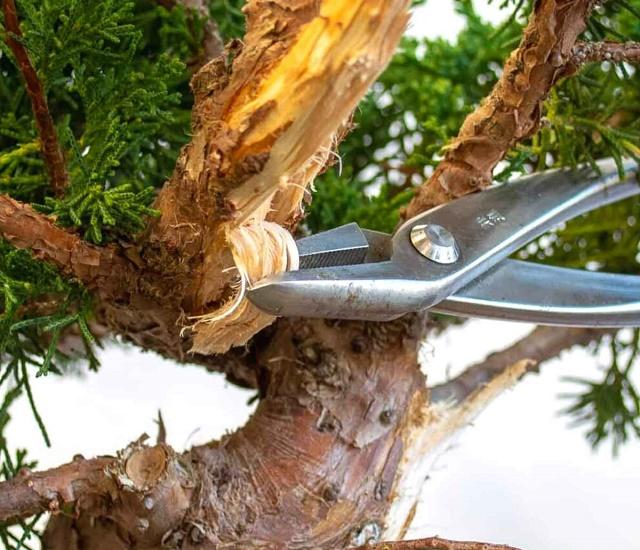
Bonsai pliers come in a variety of cutting sizes and shapes, from concave, convex, to beveled, and from large to small.
2. Bonsai Scissors
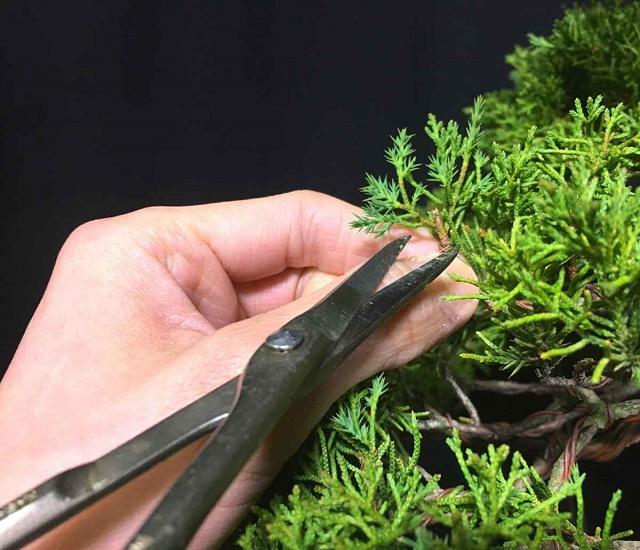
Like pliers, bonsai scissors also come in a variety of sizes and shapes. It is used for cutting twigs, branches and leaves.
You must determine the size of the scissors needed for your favorite bonsai. Do not let you buy the wrong!
Large scissors or standard shapes are generally used to cut twigs or small branches, and long small scissors are used to cut the deepest twigs that are in narrow places.
3. Bonsai Saw
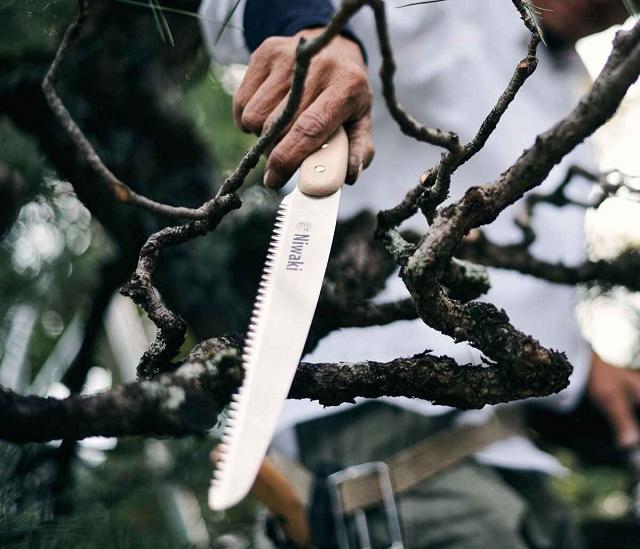
In forming a bonsai, a saw is needed to cut large branches or stems. Of course, the special bonsai saw that is used is very different from the usual saw, that’s because the bonsai saw is designed to be able to cut branches in tricky places.
This special bonsai saw has a smooth but very sharp cutting edge, and has a long, tapered shape.
4. Bonsai Wire
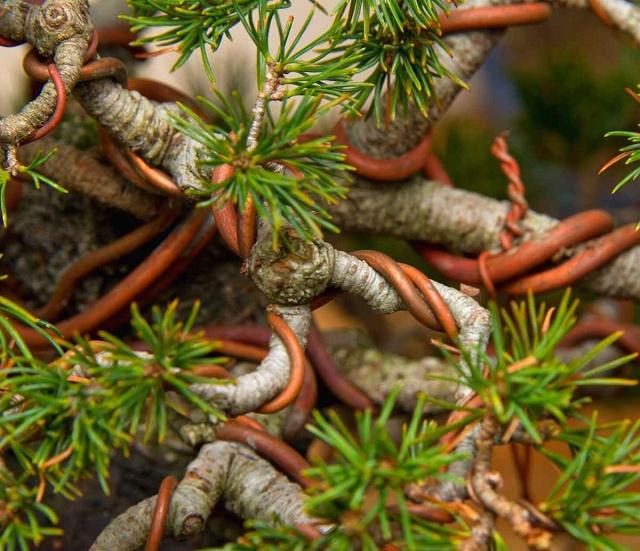
To form a bonsai, of course, we need wire of various diameters to bend branches and twigs. Special bonsai wire is made of aluminum which is easy to bend and is very different from the wire used for construction.
5. Carving Equipment
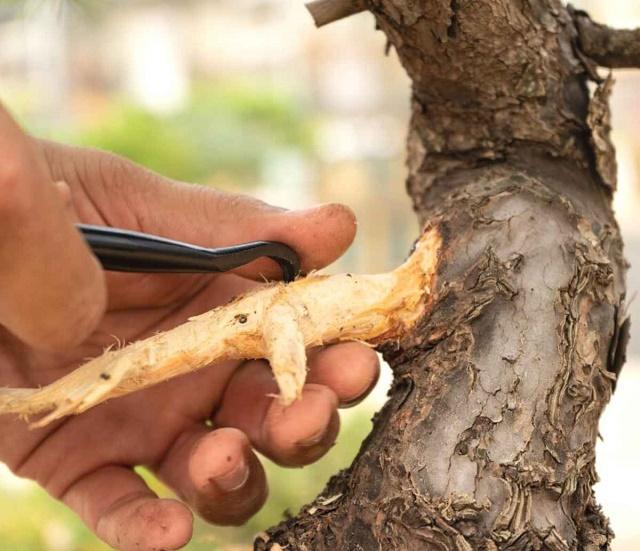
Carving tools are needed in bonsai with the main purpose of making dead wood called “Sharimiki” or “Jin”.
Trunk carving is usually done on conifers such as Juniper, Pine, and others.
6. Turnbuckles
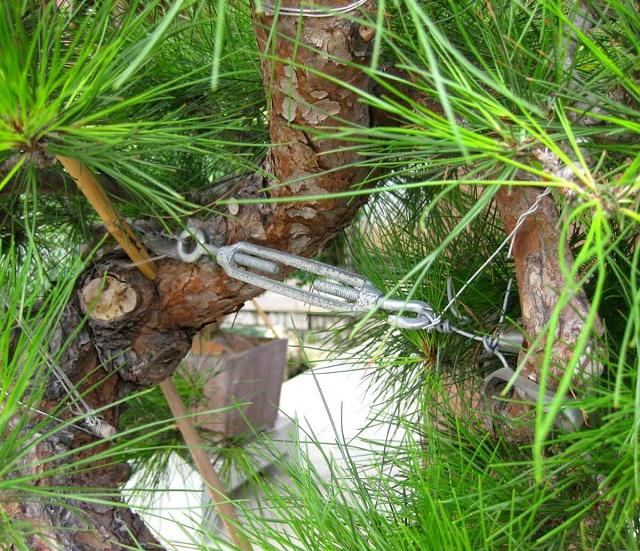
Turnbuckles are used to bend large rods which are not possible with bare hands.
There are many sizes of Turnbuckles available in a variety of shapes at hardware stores. You can buy it according to your needs.
7. Screw Clamps
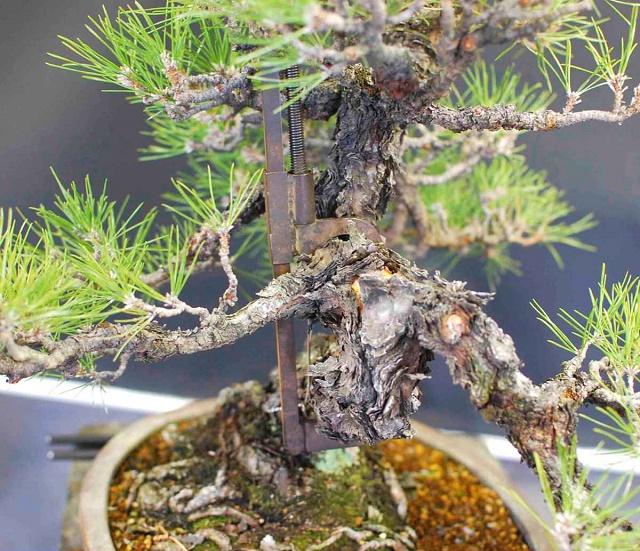
Screw clamps are similar in function to Turnbuckles, in that they are used to tighten, clamp or bend medium-sized bars.
8. Crowbar

Crowbars are needed to form a large bonsai tree. Generally this is used to hold the position to fit.
9. Raffia
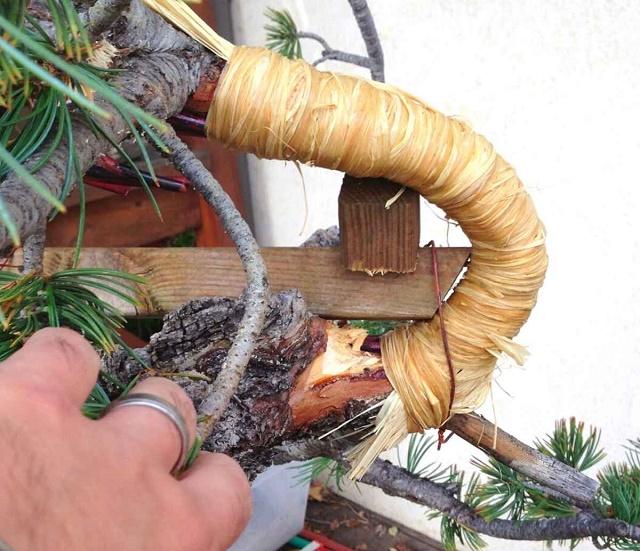
If you want to bend branches or trunks to extremes, but doubt they will split and break, then you’ll need raffia to do this.
The traditional way of extreme bending is to first wind the raffia around the stem to prevent the stem from breaking when bent.
10. Turntables
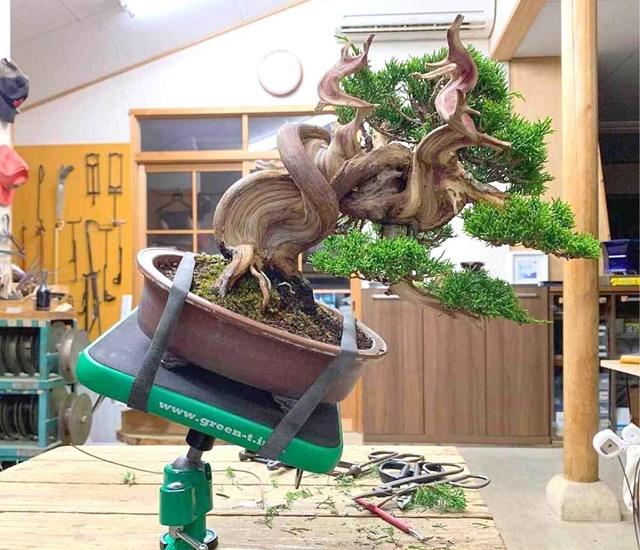
The turntable is an important tool in the process of forming a bonsai. This tool is used to save effort and time during shaping, wiring, and many other things that take up a lot of time with bonsai.
Its use is none other than to view the bonsai from various positions without you having to get up from your chair.
11. Wire Nets

Wire mesh is used to hold soil or moss so that it doesn’t fall apart or fall apart due to rain or splashing.
12. Hose Cut
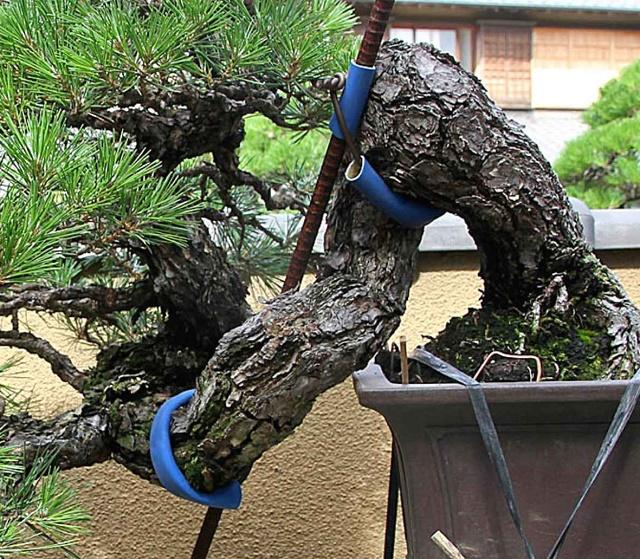
Pieces of hose are used to coat the wire or crowbar so that it doesn’t hit the tree trunk directly. The goal is not to leave marks on the bark.
13. Wood Beam
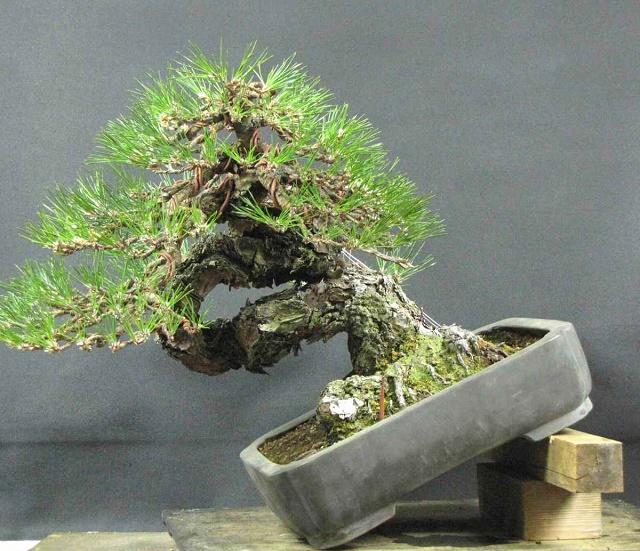
Wooden beams are used to support the pot in a certain position. It is often used by bonsai artists when styling leaves or formations in an oblique fashion.
14. Wood Planks
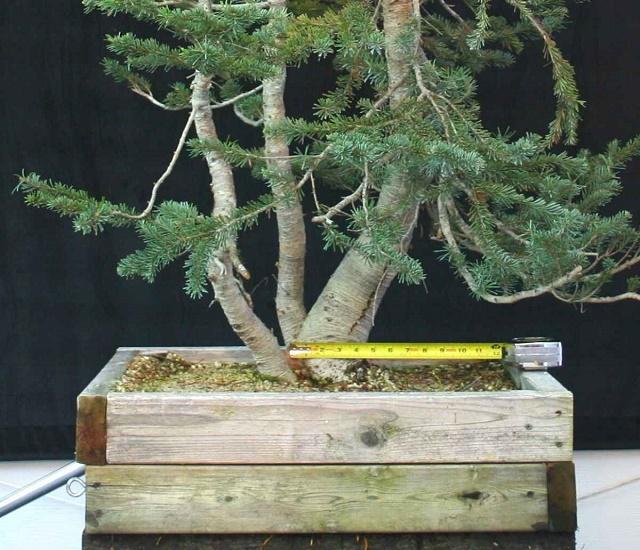
Wooden planks are used to make box pots with a diameter that can be adjusted to the size of the tree. Pots made of wooden boards are certainly lighter and save costs compared to having to buy a bonsai pot.
Wooden plank pots are also used the first time a tree is removed from the garden, wild, or a graft for the quarantine process.
Wooden pots can be more efficient at forming bonsai because they can be nailed or bolted to almost any angle desired.
15. Question Mark Bolts
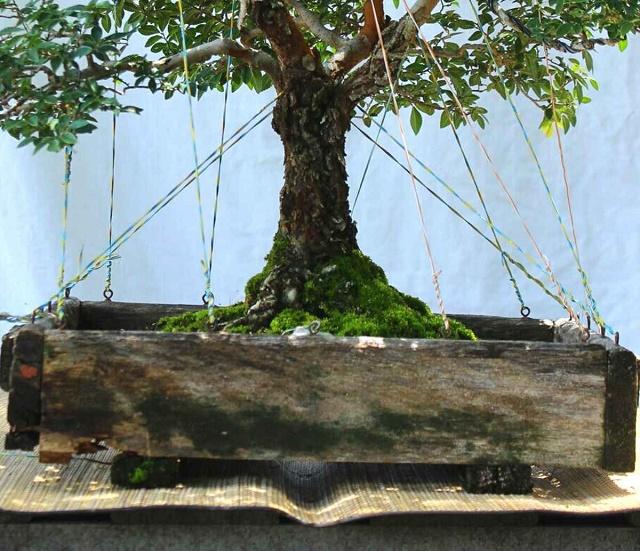
The bolts used for the hooks, or the question mark-shaped bolts, are quite important in the formation of a bonsai. It is used together with a wooden plank pot. You can choose the size of this hook bolt according to the size needed.
16. Grafting Tape
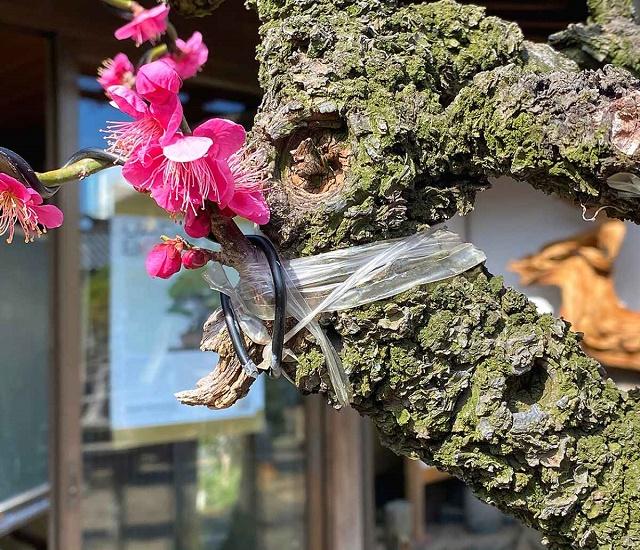
Grafting tape is an item that is needed in the process of making bonsai, namely to wrap it every time you add a new branch to the desired place on the tree.
17. Automatic Watering Tools

As we know that most bonsai use low pots with little soil volume. The less soil in the pot, then drying out in a short time will become a serious problem to watch out for. Especially if you are a busy worker or often travel for a long time. Of course, an automatic watering device can solve the problem.
The various kinds of bonsai tools above are those that are often used by bonsai artists. In fact, there are more tools needed when the bonsai making process is carried out. Several tools such as Single Prong Root Hook, Single Prong Root Hook, Rubber Hammers, Tweezers, Knives, Tray, Brushes, and some chemicals, for example Pest Control and Jin Seal are always seen in the toolboxes of bonsai artists.
Leave a Reply